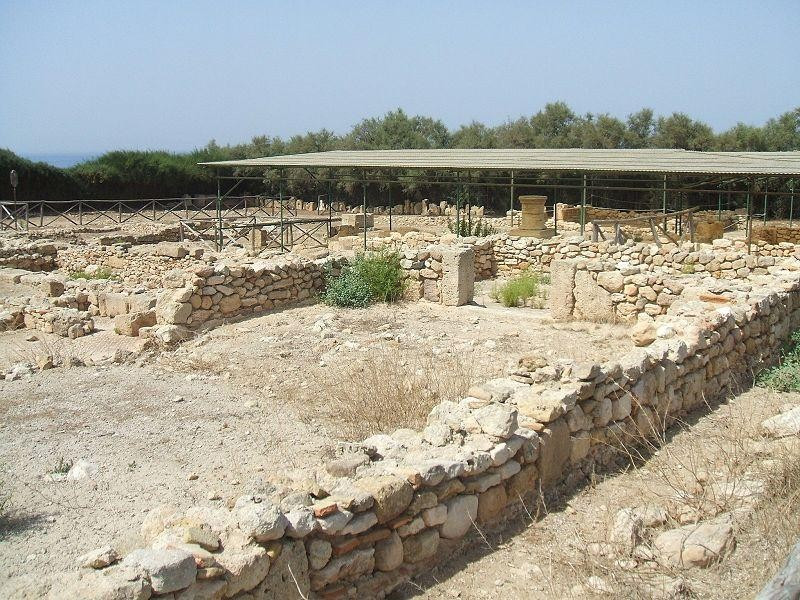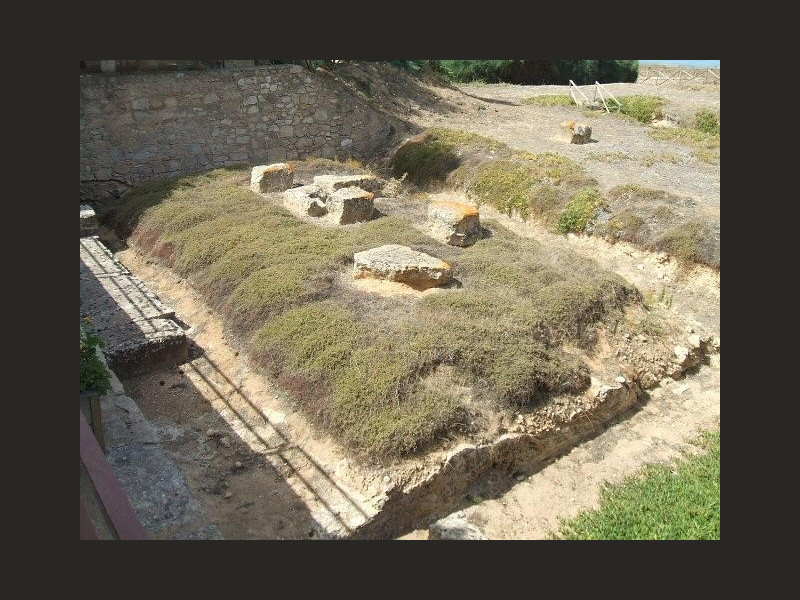Museo e Parco Archeologico Regionale di Kamarina
Kamarina, whose name according to Strabo means "inhabited after much effort," was an important colony of Syracuse (598 BC - 597 BC). It still remains on the Cammarana Hill, in the territory of Ragusa. Quickly became an important agricultural center and reference, the colony soon came into conflict with the mother-city, that the defeat in 552 BC. Refounded by Hippocrates, Kamarina regained its importance. From the third century BC it was taken by Mamertines and then by the Romans (258 BC), to be finally destroyed in 827 by Asad ibn al-Furat during the Arab-Berber conquest of Sicily. The Acropolis shows the remains of the Temple of Athena, then incorporated into the construction of the Church of Our Lady of Cammarana. Remain archaic tombs (seventh century BC) and the ruins of a Temple dedicated to Minerva. The city is still recognizable in its original from the remains of houses and paving. Archaeological Museum presents a vast collection of artifacts ranging from Prehistoric times to the ancient Greek period through weapons, vases, ornaments, coins, funerary statuettes and devotional.




